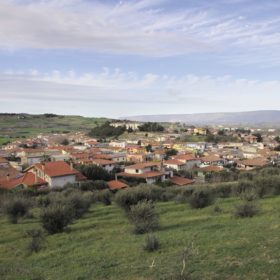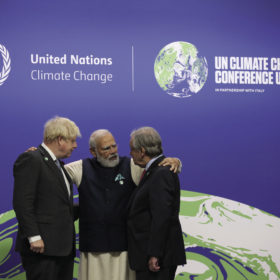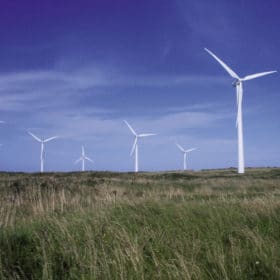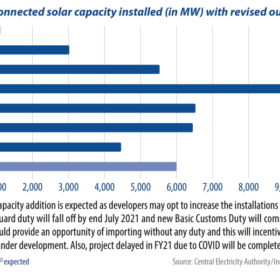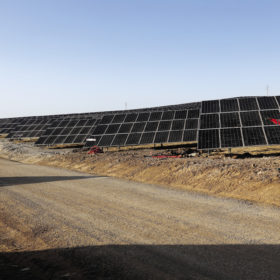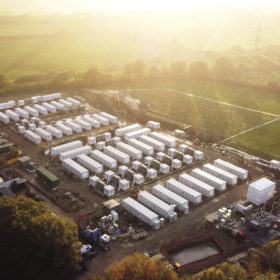Energy crisis and the energy transition
There’s a famous saying: “Never let a crisis go to waste.” The current energy crisis has had a terrible impact on many consumers, but it has also given the energy sector a golden opportunity to get in shape for the energy transition. Jon Slowe, the director of Delta-EE, examines the impacts and opportunities of the energy crisis currently playing out in Europe and what it could mean for the renewables sector.
What COP26 means for solar
COP26 was either a great success or an abject failure, depending on who you talk to. What matters for the solar industry is the extent to which decisions agreed in the Glasgow Climate Pact are going to change the direction of the energy and financial sectors.
PV in the water-energy-food nexus
Sector coupling may be somewhat of a buzzword, but it also points to opportunities for PV beyond the power markets, which may quickly reach limitations during peak hours of irradiation. Combined energy, food and clean water production presents one such opportunity, with benefits for developers, utilities and communities.
New partnership to drive EU battery innovation
The Batteries European Partnership Association is now up and running. Partnering with the EU will drive research activities and innovation to support a competitive, sustainable, and circular European battery value chain, writes Michael Lippert, who currently leads product and market strategy for Saft Energy Storage Systems.
Timing is everything
For investment portfolios and for the entire renewables sector, diversity matters. A new independent study shows that by complementing Ireland’s onshore wind sector with greater volumes of large-scale solar, emissions are lower, curtailment decreases, and society potentially gains economically, to the tune of €21 per citizen. Conall Bolger, CEO of the Irish Solar Energy Association, reports on the power of daytime production.
Australia’s next wave of large-scale solar development
Call it “latent energy” – Australia’s renewable resources are expected to help some of the world’s greatest polluters to reach their net-zero emissions targets, writes Natalie Filatoff, senior editor at pv magazine Australia.
The impact of the second Covid-19 wave
Time and cost overrun risks are increasing for solar project developers, as India goes into partial lockdowns to battle the next Covid-19 wave. Still, analysts say there will not be much of an impact on annual capacity installations, given the upcoming no-duty window.
Rapid growth becomes new normal
Despite the impact of the pandemic and associated economic crisis, 2020 saw unprecedented growth in the solar market. With the International Energy Agency stating that high rates of capacity additions are the new normal, has the energy and investment environment fundamentally changed? Felicia Jackson in London explores these issues.
In Conversation: Pieces of the puzzle
Solar, and renewable energy more broadly, is often called a fast-paced industry. This is true when compared to many other industries, as PV manufacturers are able to introduce adaptations, or even completely new processes, into mass production at what might seem to outsiders like the drop of a hat. But in fact, every new development is the result of years of hard work.
Stored potential
As solar and wind make up larger portions of the energy mix, energy storage is becoming an increasingly important piece of the puzzle in keeping electricity networks running smoothly. And as battery costs fall, new business models are emerging to increase the value of battery energy storage projects for both grid operators and project owners. Focusing on two leading countries – the United Kingdom and Australia – pv magazine looks at what’s in store for large-scale energy storage.
